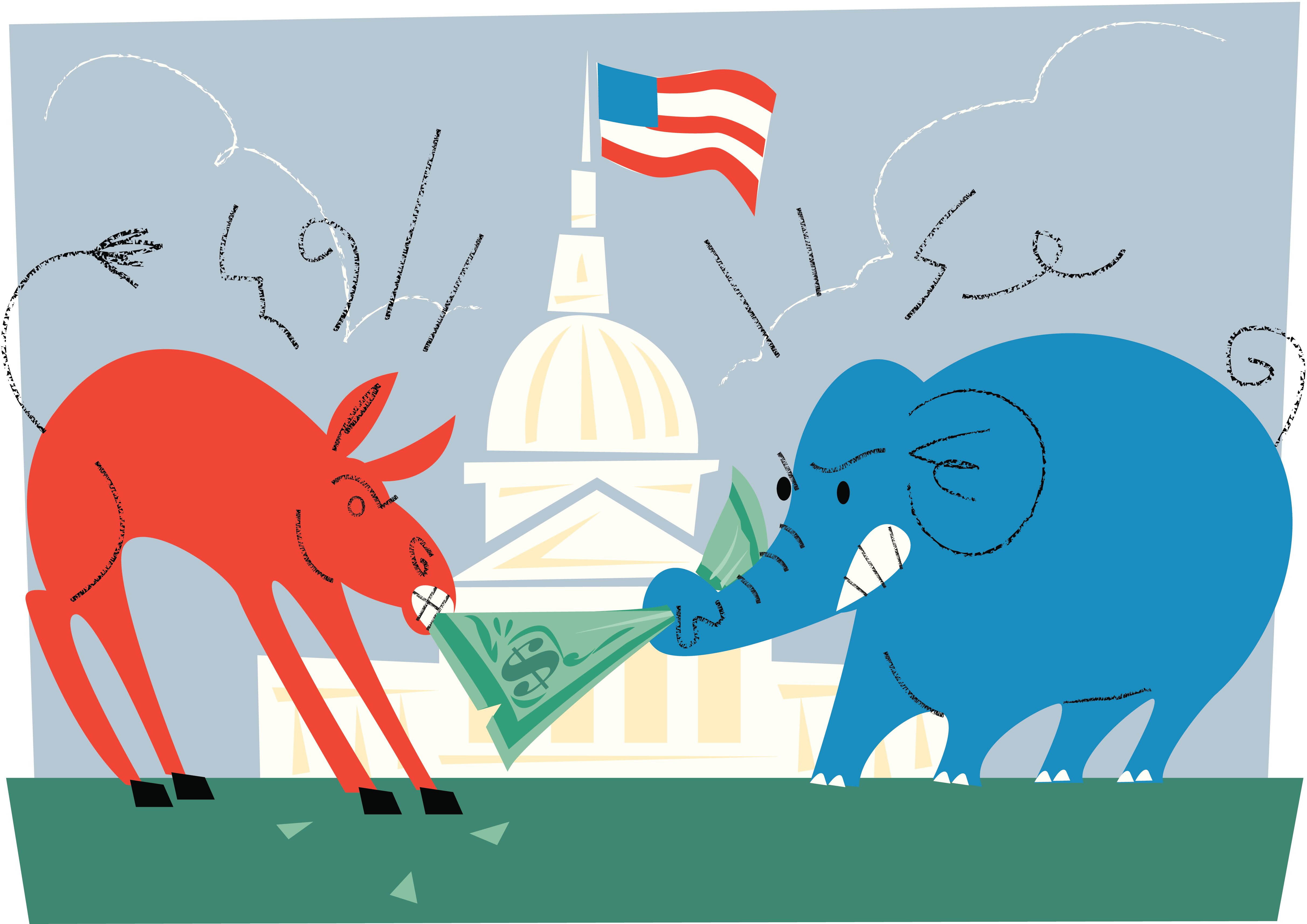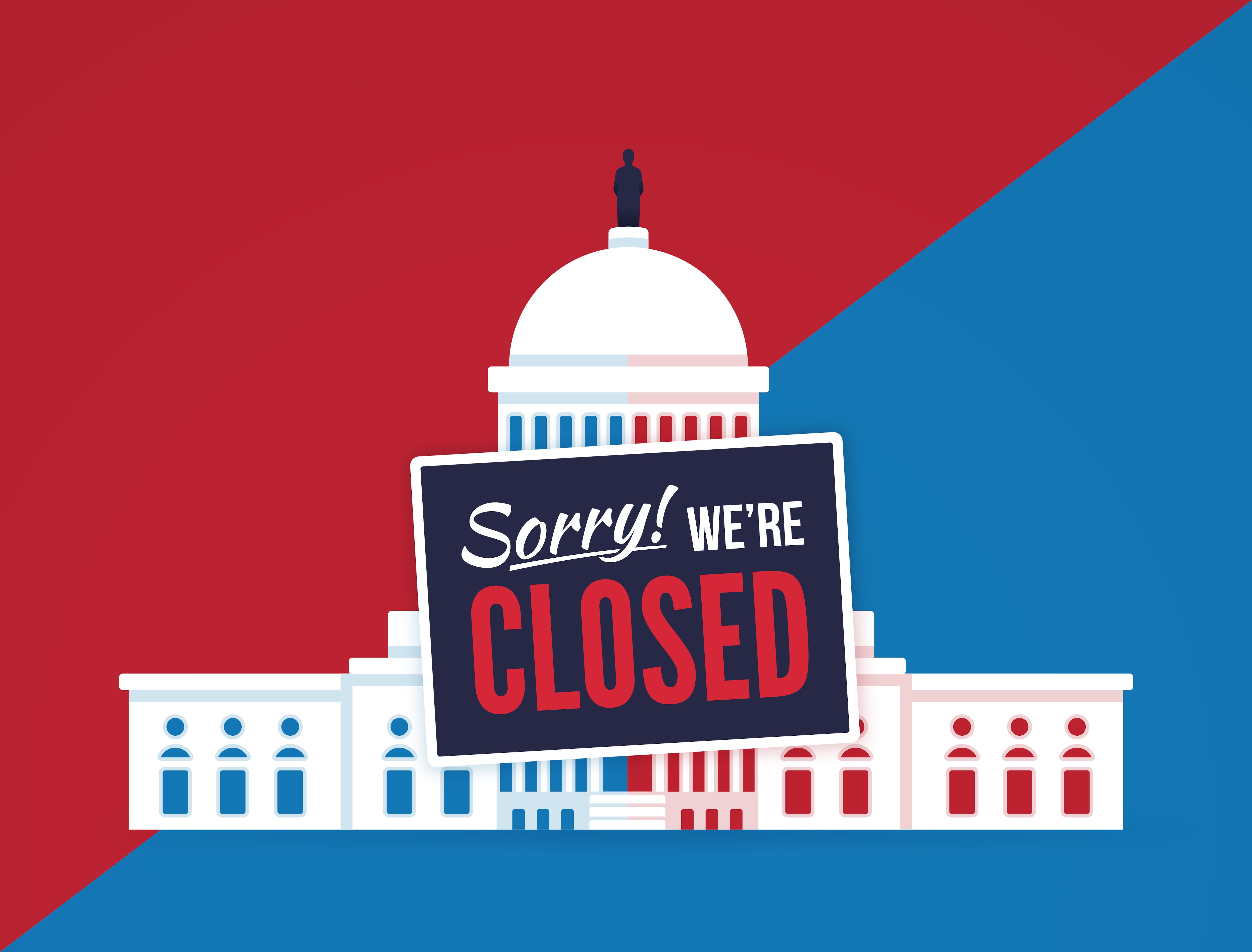Editor’s note: This story was updated on Nov. 7 to reflect new information about budget negotiations.
Congress is less than two weeks away from the deadline to pass another budget measure after the current continuing resolution expires on Nov. 17.
That means many of the same shutdown woes that plagued agencies last month are likely to resurface next week, as leaders prepare for the possibility of a lapse in appropriations. Congress narrowly averted that situation in September when it passed a short-term stopgap bill just before the new fiscal year began on Oct. 1.
However, according to the Washington Post, the White House had already taken the first steps to prepare agencies for the possibility of a shutdown, alerting them on Sept. 38 via customary memo to be ready to trigger their contingency plans.
Whether that will happen again is uncertain, but a shutdown, even a short one, would affect wide swaths of the workforce.
“No two shutdowns are the same,” said Andrew Lautz, a senior analyst at the Bipartisan Policy Center. “What I am comfortable saying is that hundreds of thousands of federal workers [could] be furloughed and hundreds of thousands more will be required to work without pay.”
Data on past shutdowns won’t be a perfect proxy for what could happen this year, he said, though for reference, at the beginning of the partial shutdown in 2018, an estimated 380,000 employees were furloughed and an additional 420,000 reported to work without pay.
“I think the 2013 shutdown is probably the one that’s more comparable to what we have today,” said Bill Hoagland, the Center’s senior vice president. “The long shutdown that we had in 2018 and 2019, that began in December and into January. This one, this is different. This is beginning at the [start] of the fiscal year.”
RELATED

Experts in and out of government agree that shutdowns of any magnitude are damaging to the economy and disruptive to the federal civilian workforce and the untold number of contractors who support them. Even though government employees are guaranteed backpay, the shakiness of the situation is enough to threaten financial hardship for workers who must keep paying bills, while contractors may be left to absorb losses without restitution.
Service members would report for duty but would not receive paychecks until after a budget is passed, Military Times reported.
As for workers, the not-so-simple question is whether they will be furloughed or required to continue working, possibly without pay. For the most part, employees fall into one of those two categories, though some employees are technically “exempt,” and can continue to work and be paid because they’re funded independently from the annual appropriations process.
Per agency’s shutdown plans, “excepted” employees do work that:
- is funded by a resource other than annual appropriations;
- is expressly authorized by law;
- is implied as necessary by law;
- is essential to the President’s constitutional duties and powers;
- or is directly linked to protecting life or property.
In the past, employees who keep working during a lapse have been called “essential” by government verbiage, though more recently, employees and agencies have favored the broader term “excepted” so as not to imply that any federal employees’ job is somehow less important to the functioning of government.
It’s up to agencies to determine how their teams break down, with the Office of Management and Budget ultimately approving their plans. Generally, federal law enforcement officers, air traffic controllers, Bureau of Prison employees and perhaps certain contract officers are kept on. Some agencies may pursue legal cases or investigations nearing their statute of limitations, according to the Department of Labor’s plan updated Wednesday.
RELATED

Other employees may be retained at first to “close up shop” as an agency heads into shutdown, which could include processing furlough notices or payroll for the period just prior to the lapse.
Otherwise, research and development, policy work, audits, regulatory affairs, hiring and training, among other functions, are often paused during a shutdown. And if the shutdown drags on and available carryover funds are exhausted, agencies’ operations could be further curtailed.
- The Department of Health and Human Services’ plan shows 58% of employees will be retained and 42% will be furloughed. Divisions with a substantial direct service component or public health response will have more of their staff kept on, for example, at the National Institutes of Health Clinical Center or the Food and Drug Administration.
- At the Social Security Administration, about 14% of employees face potential furloughs because benefits applications will still be received and issuances of original and replacement Social Security cards will continue.
- At the Department of Defense, about a quarter of civilians will be required to work without pay. About 166,000 will continue to work and get paid as they are not paid through annual appropriations. The remaining half would be subject to furloughs.
- The Centers for Medicare and Medicaid Services will continue to process and pay out benefits. It plans to retain roughly half of its staff to carry out those mandatory programs.
- Customs & Border Protection expects 59,000 employees will remain working out of the agency’s total 64,000 workers.
The general advice at this point is for employees to wait for confirmation from their supervisors if a furlough seems imminent.
Has the identity of the ‘essential’ worker evolved?
Part of the reason shutdowns have become so stressful for the federal and contracting workforce is because the lapses of recent memory have been long, destructive and spiteful, historians and experts have said.
And this year is somewhat unique in that, unlike the shutdown under Donald Trump that snagged on funding a wall on the U.S.-Mexico border or the one under Jimmy Carter that stumbled on approving a new nuclear-powered aircraft carrier, Congress isn’t fighting over one specific program. It’s an ideological war being fought on many different issue fronts, several political scientists told Federal Times.
“It’s unclear what exactly this issue is other than spending,” said Hoagland. “And in this particular case ... I don’t mean to be critical, but I’ve been struck by the fact that this administration has not seemed to be as involved.”
RELATED

The White House does have discretion to shape the way agencies respond to a shutdown via its approval power of agencies’ shutdown plans and through its interpretations of the Anti-Deficiency Act, said Roy Myers, professor in the Department of Political Science at the University of Maryland, Baltimore County.
In the 1980s, which some consider the origin era of the modern shutdown, then-U.S. Attorney General Benjamin Civiletti offered a blueprint for “essential” exemptions to a shutdown. In the decades since, the Obama administration favored a more strict interpretation of that, Myers said. Then, Trump was questioned by members of Congress who were concerned he applied it inconsistently.
The Biden administration, too, will have to determine where it falls on the issue, said Myers.
“I think that agencies are using this ‘necessarily implied’ condition more liberally than they were in the old days,” Hoagland said. “And with the growth of mandatory spending over the years, such as Medicare [and] Social Security, it increases the number of workers that are associated with that particular activity, therefore it becomes more essential.”
As for whether the proliferation of telework has broadened the category of federal employees who can continue working during a shutdown, the guidance maintains it has a lot more to do with how your position is funded and what you actually do, not where you do it, said David Wessel, a senior fellow at the Brookings Institute.
Decisions about who has to work during a shutdown is unrelated to telework, said a spokesperson for the National Treasury Employees Union.
Molly Weisner is a staff reporter for Federal Times where she covers labor, policy and contracting pertaining to the government workforce. She made previous stops at USA Today and McClatchy as a digital producer, and worked at The New York Times as a copy editor. Molly majored in journalism at the University of North Carolina at Chapel Hill.





